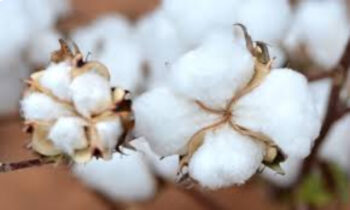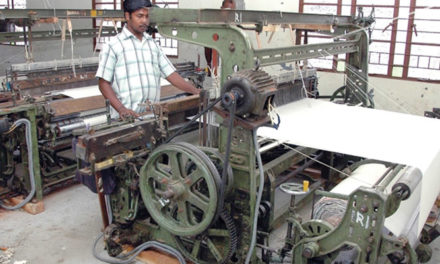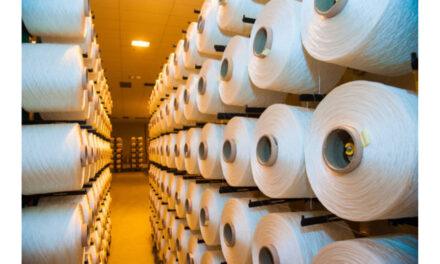 US President Joe Biden recently signed a law banning cotton-containing products originating from the Xinjiang Uygur Autonomous Region of China. While this decision could benefit India’s textile industry, India needs to develop capacity in a short period of time, both in quantity and quality, to make more textile products available in the United States. In this regard, according to industry stakeholders, the Product Linked Incentive (PLI) scheme announced this year will be very helpful.
US President Joe Biden recently signed a law banning cotton-containing products originating from the Xinjiang Uygur Autonomous Region of China. While this decision could benefit India’s textile industry, India needs to develop capacity in a short period of time, both in quantity and quality, to make more textile products available in the United States. In this regard, according to industry stakeholders, the Product Linked Incentive (PLI) scheme announced this year will be very helpful.
Under the Uighur Forced Labor Prevention Act signed by Biden recently, clothing from competing countries such as Bangladesh, Vietnam and the Philippines cannot enter the United States if manufactured using cotton grown in the Xinjiang Uygur Autonomous Region.
US President Joe Biden recently signed a law banning cotton-containing products originating from the Xinjiang Uygur Autonomous Region of China. While this decision could benefit India’s textile industry, India needs to develop capacity in a short period of time, both in quantity and quality, to make more textile products available in the United States.
Therefore, the Indian textile industry has already begun to take steps to take this opportunity to fill the vacuum that can be created by textiles in China and other competitors. Ashwin Chandran, Managing Director of Coimbatore-based Percot Meridien Ltd.
“China produces very large textile products, so you can enjoy the benefits of scale at a low cost. Therefore, to benefit from this opportunity, the Indian textile industry has the capacity to produce on the same line. We need to increase. In fact, companies have already begun to expand their capacity on a large scale. ” Citibank, Vice Chairman of the Indian Textile Industry Federation (CITI), told.
“In this regard, the Government of India’s PLI scheme will support and encourage the industrial sector to expand its capacity. Many Indian companies have already begun to work in this direction, but will expand their capacity. It can take up to a year to get ready, and the Indian textile industry will be able to gain some long-term profits and gain some share of the US market, “Chandran added.
A few months ago, CITI wrote a note on this issue, highlighting opportunities and challenges. According to the note, Indian industry is confident that it will benefit from development, but it is unclear how much gap it can close in the US market, which is close to $ 35 bn.
In the first 10 months of 2021, China has a 22 percent share of the US textile market, a 12 percent share of the yarn market and a 24 percent share of clothing, according to the Textile Apparel Authority (OTEXA). Under the US Department of Commerce. By comparison, India’s share was 10.5 percent, 9 percent and 5 percent, respectively. In 2019, China accounted for $ 36.41 bn in US textile and clothing imports, while imports from India were $ 8.043 bn.










